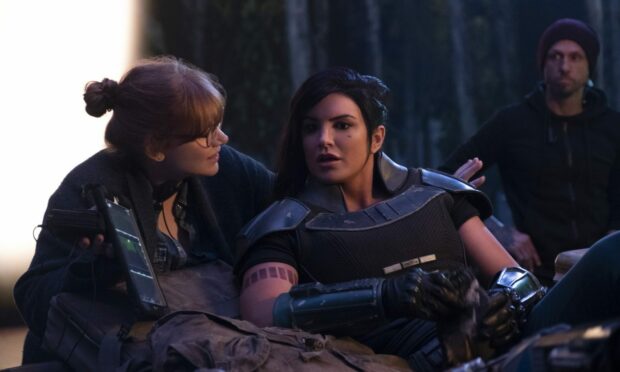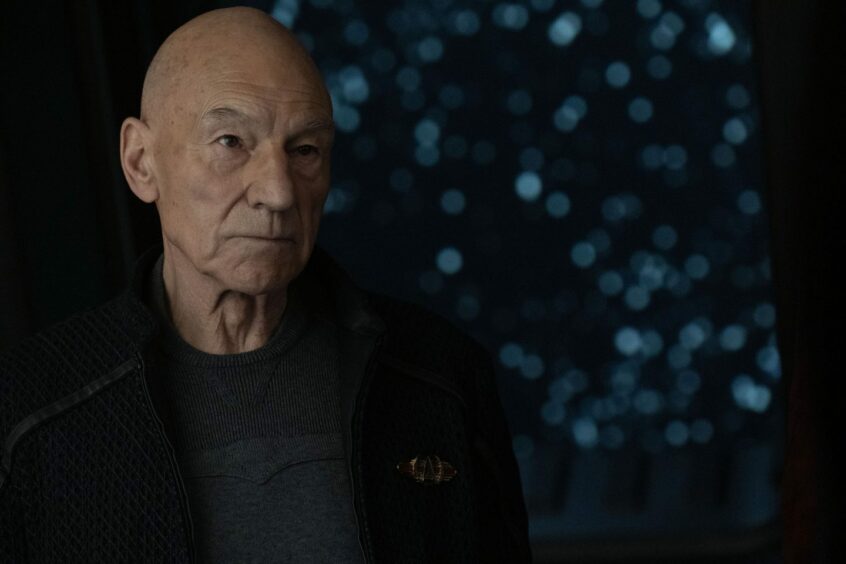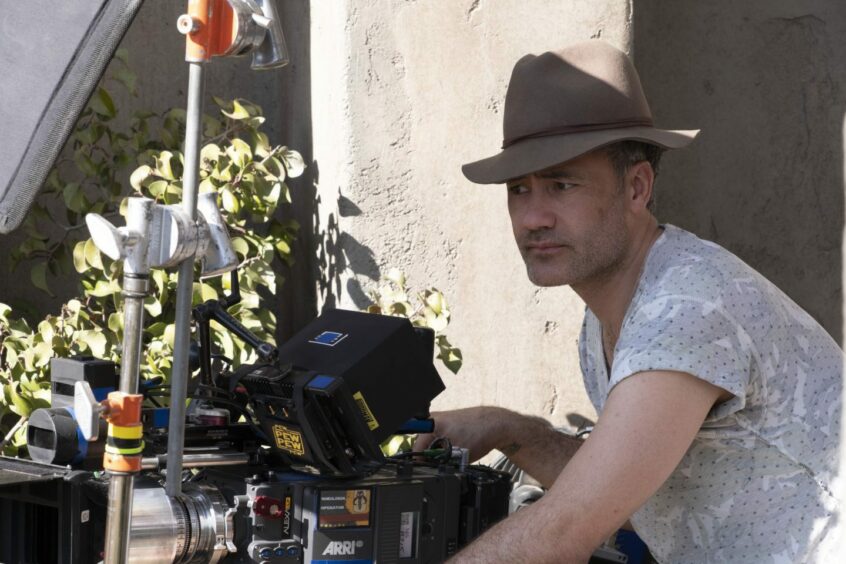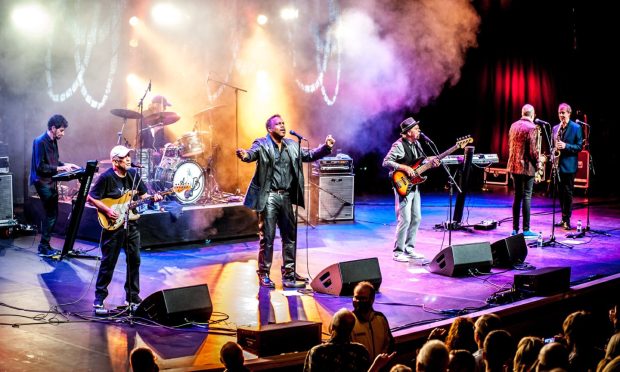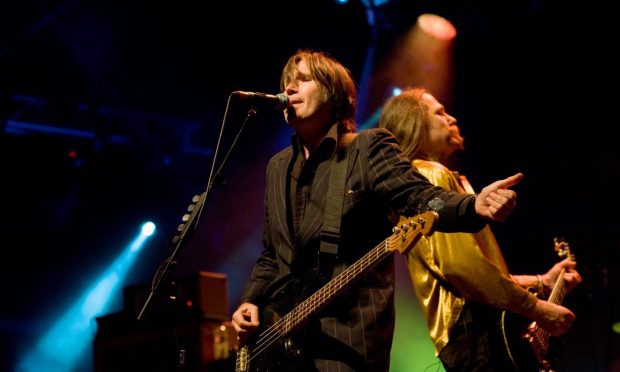There’s a myth doing the rounds that no good films get made any more because of the supposed dominance of superhero movies.
It’s one of those myths which becomes true because it’s repeated a lot – just because there’s a new Marvel film in the cinema at all times, it doesn’t mean you can’t find everything from cult indie Aftersun to whatever Guy Ritchie’s done this year on your screens.
Superhero dominance
When people who don’t like superhero films complain about superhero films, their most likely issue is with the way genre franchises have swamped the market.
Regardless of the kind of cape, spacesuit or longsword involved, the rate at which sequels and spin-offs have multiplied in the last few years has been rapid.
The lack of invention this implies in the screen industries is worth talking about, not just on cinemas but in streaming television too.
This week offered the perfect opportunity to think about this, because the latest series of two hit shows from a pair of the biggest sci-fi franchises of the last half-century came to an end at once.
The Mandalorian v Picard
In the case of both Star Wars’ The Mandalorian (Disney+) and Star Trek: Picard (Prime Video), there are a lot of similarities.
Both were finishing their third series, and both have endured speculation – even among more stoic fans – about whether their return was worth it at all.
Both series have also, to a degree, answered their critics with series which have been engaging, purposeful and fraught with danger.
The worst crime a streaming saga can commit is feeling like it’s just hanging around for the sake of being commissioned again, and it’s commendable that both shows avoided that here – especially when they’ve deserved the accusation in the past.
The Mandalorian saw Pedro Pascal’s Clint Eastwood-style armoured bounty hunter Din Djarin (despite being played by one of the breakout stars of the moment, the character didn’t remove his face-obscuring helmet once this season) and his infant charge Grogu (formerly known as ‘Baby Yoda’) battle to recover the devastated planet of Mandalore from bad guy Moff Gideon (Giancarlo Esposito), now wearing a Darth Vader-like suit of armour.
Sense of an ending
In Picard, meanwhile, Patrick Stewart’s title character from Star Trek: The Next Generation finally hung up his phaser after 35 years in the role.
The 82-year-old still cut a convincingly authoritative figure as he led his reunited Enterprise crew against old enemies the Borg to save his son Jack (Ed Speleers).
Both shows had an air of finality about them, after enjoyable story arcs throughout. In The Mandalorian’s case the ending was a little uninspiring, but it closed off all three series nicely and didn’t demand any more.
Disney could leave it there; but it’s hugely successful, so they probably won’t.
After a dismal second series, meanwhile, Picard has been a joy, not for all the phaser-blasting action, but for the sublime interplay between older versions of characters a generation has grown up with.
Would rewatching either show convince the unconverted? It’s unlikely, but a strong ending is a key element of a good story, and most fans will have been convinced by the ones they saw this week.
